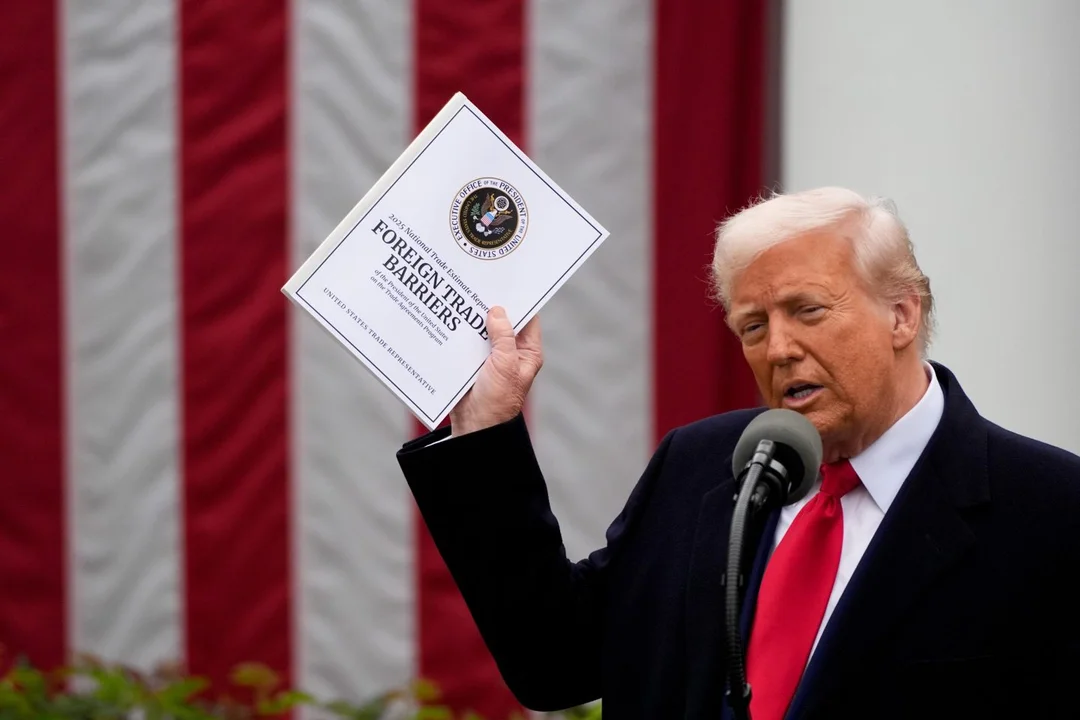
Trump Considers Higher Tariffs on China, Navarro Pushes for Tougher Measures
Former President Donald Trump is reportedly considering implementing higher tariffs on Chinese imports, according to recent statements and actions. This move aligns with his previous trade policies and aims to address the persistent U.S. trade deficit with China. Trump's consideration of escalating tariffs comes amidst pressure from Peter Navarro, a known China hawk, who has been advocating for even more stringent measures against Beijing.
The potential increase in tariffs could significantly impact the U.S. economy and global trade dynamics. Trump's administration has already issued an executive order aimed at regulating imports with a reciprocal tariff to rectify trade practices that contribute to the large and persistent U.S. goods trade deficits. This order signals a continuation of Trump's aggressive trade stance, which could lead to heightened tensions with China.
Market reactions to the news have been mixed, with some sectors expressing concern over potential retaliatory actions from China, while others see it as a necessary step to protect American industries. The ongoing developments in Trump's trade policy will be closely watched by investors and policymakers alike, as they could have far-reaching implications for international trade relations and the global economy.
Related issues news
When did Trump's tariffs start?
The general tariffs took effect on April 5, 2025. Import tariffs on the 57 nations, ranging from 11% to 50%, are scheduled to begin on April 9, 2025. Following retaliation by China, Trump increased tariffs on Chinese goods by an additional 50%, resulting in an effective 104% also scheduled to begin on April 9.
What is a reciprocal tariff?
Executive Summary. Reciprocal tariffs are calculated as the tariff rate necessary to balance bilateral trade deficits between the U.S. and each of our trading partners. This calculation assumes that persistent trade deficits are due to a combination of tariff and non-tariff factors that prevent trade from balancing.
What do the tariffs do?
Tariffs on imports are designed to raise the price of imported goods to discourage consumption. The intention is for citizens to buy local products instead, thereby stimulating their country's economy. Tariffs therefore provide an incentive to develop production and replace imports with domestic products.
When did US tariffs start?
The Tariff Act of 1789 imposed the first national source of revenue for the newly formed United States. The new U.S. Constitution ratified in 1789, allowed only the federal government to levy uniform tariffs.